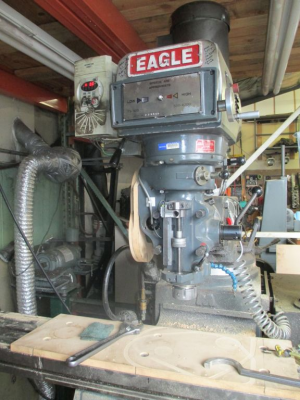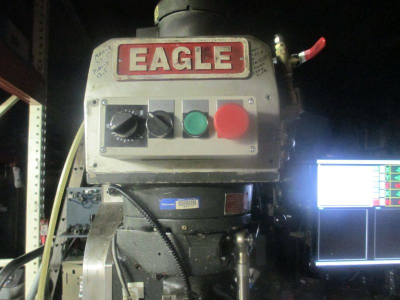I might be an old dog unwilling to learn some new tricks, but in many cases I definitely prefer a static or rotary converter to a VFD. I looked into the VFD's for both my Bridgeport mill and Sheldon lathe. In both cases the functions now controlled by the original machine switches would be transferred to the VFD. That doesn't sound like much of a problem under normal circumstances, but it could come into play in an emergency situation.
I originally learned and regularly perform functions like switching the machine on and off reaching for the original controls. Also in the mix are speed changes and directional changes. An example might be tapping. I slow the mill to around 90 rpm, engage the part, and allow it to tap to the required depth. I watch closely with one hand on the forward/reverse switch and reverse directions instantly when the proper depth is reached. It would take a whole new learning curve to perform this function from a more remotely positioned VFD. Also in an emergency shut down situation I might find myself through force of habit reaching for the machine push button station rather than the VFD.
These same functions could also be troublesome on my Sheldon lathe. While the same functions could be programed into the VFD habit and muscle memory would likely kick in should an emergency arise. The factory push button control station couldn't be more conveniently located. Even if a VFD was installed in the exact same location it would be a totally different physical function to change speeds, directions, or even power up the machine.
VFD's definitely have their place. However there are some situations where the original controls powered by a rotary or static converter are (at least in my mind) preferable.






